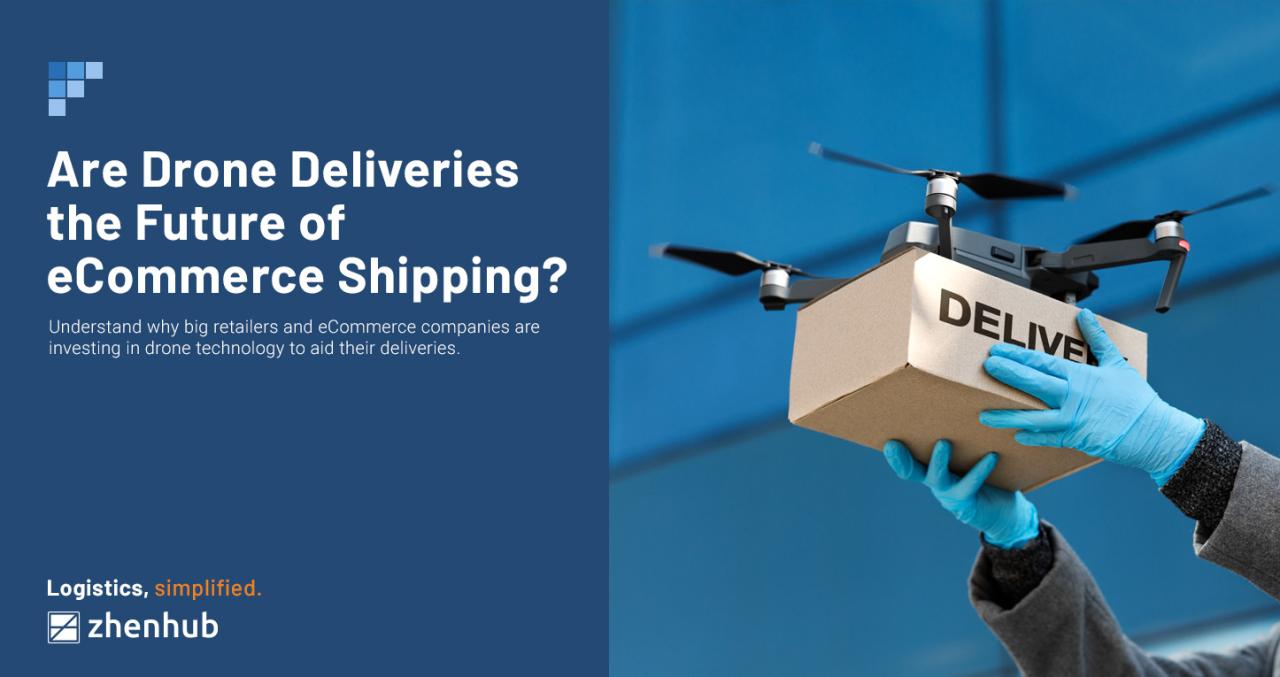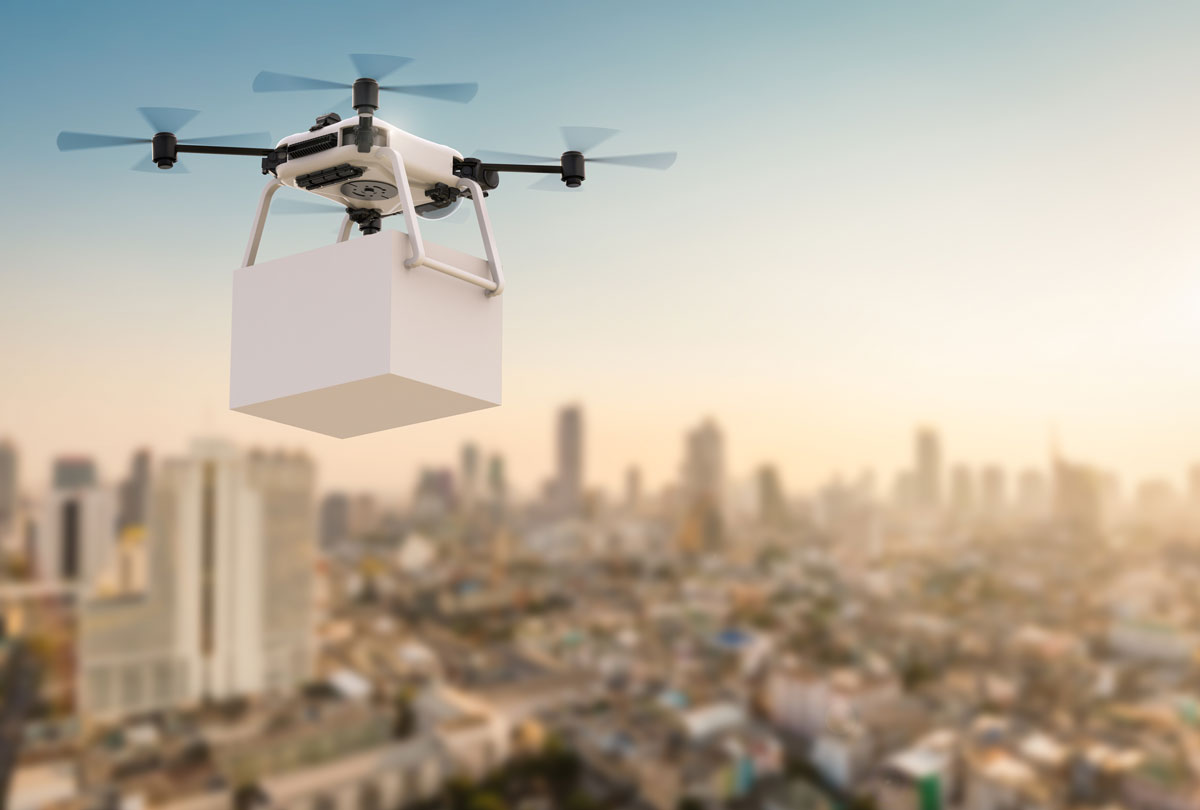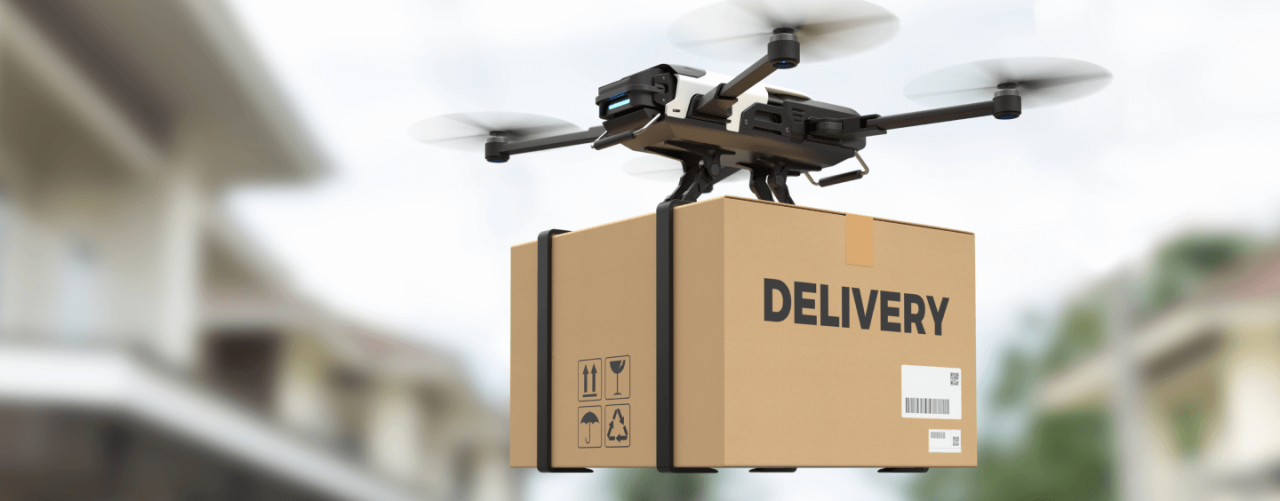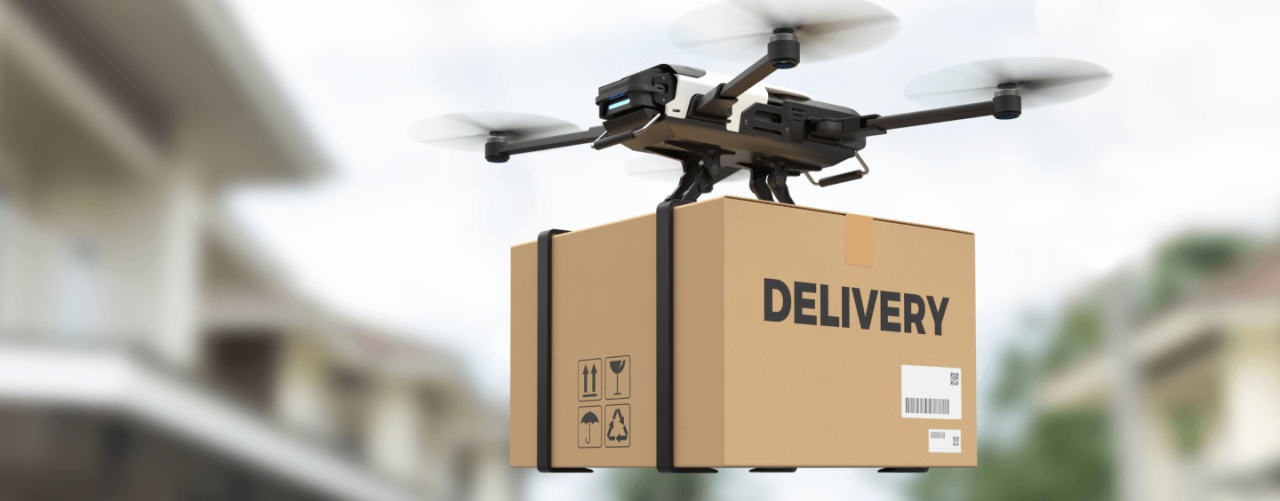Remington drone loads represent a significant advancement in payload delivery, offering efficient and versatile solutions across diverse industries. This exploration delves into the various Remington drone models, their payload capacities, and the myriad applications they facilitate. We’ll examine the technological advancements driving this sector, alongside the crucial safety regulations and economic considerations influencing its growth.
From agricultural spraying to construction site monitoring and even surveillance operations, Remington drones are proving their worth in diverse settings. This analysis will provide a detailed overview of their capabilities, limitations, and the potential for future development in this rapidly evolving field.
Remington Drone Models and Payload Capacity
Remington offers a range of drones designed for various payload capacities, catering to diverse applications. Understanding the specifications of each model is crucial for selecting the appropriate drone for a given task. The payload capacity is influenced by several factors, including the drone’s size, battery technology, and motor power. Larger drones with more powerful motors and larger batteries naturally support heavier payloads, while smaller, more agile drones are limited to lighter loads.
Remington Drone Model Specifications
| Model Name | Payload Weight (kg) | Dimensions (L x W x H cm) | Notable Features |
|---|---|---|---|
| Remington RX-800 | 15 | 80 x 60 x 40 | High-capacity battery, advanced stabilization system, rugged design |
| Remington RX-500 | 8 | 60 x 45 x 35 | Compact and lightweight, easy to transport, long flight time |
| Remington RX-200 | 3 | 40 x 30 x 25 | Ideal for precision tasks, excellent maneuverability, affordable price point |
The RX-800, with its 15kg payload capacity, is suitable for heavy-lift operations in construction or agriculture, while the RX-200, with its 3kg capacity, is better suited for tasks requiring precision and maneuverability, such as inspection or surveying.
Factors Influencing Payload Capacity
Several key factors determine a Remington drone’s payload capacity. These include the drone’s overall size and weight, the battery’s power and lifespan, and the strength and efficiency of the motors. Larger drones with higher-capacity batteries and powerful motors can naturally carry heavier payloads. The design of the drone’s frame also plays a significant role, ensuring structural integrity under load.
Aerodynamic efficiency contributes to extended flight time with heavier payloads.
Remington drone loads often require careful consideration of payload capacity. For heavier lifts, exploring alternative options might be necessary, such as the powerful capabilities showcased by the black falcon 4k drone canada , which could inform decisions on suitable models for similar Remington applications. Ultimately, the optimal choice for Remington drone loads depends on the specific weight and range requirements of the operation.
Applications of Remington Drone Loads
Remington drones find applications across diverse industries, each utilizing specific payload types. The advantages and disadvantages of using drones for payload delivery vary depending on the application and environment.
Remington Drone Applications and Payload Types
- Agriculture: Spraying pesticides and fertilizers (payload: specialized tanks), crop monitoring (payload: high-resolution cameras).
- Construction: Delivering small tools and materials to inaccessible areas (payload: small crates, toolboxes), site surveying and mapping (payload: LiDAR sensors).
- Surveillance: Aerial monitoring of large areas (payload: high-resolution cameras, thermal imaging cameras), search and rescue operations (payload: searchlights, thermal imaging cameras).
- Delivery: Transporting small packages to remote locations (payload: specialized delivery containers).
Advantages and Disadvantages of Remington Drone Payload Delivery
| Application | Payload Type | Advantages | Disadvantages |
|---|---|---|---|
| Agricultural Spraying | Chemical Tank | Increased efficiency, reduced labor costs, precise application | Limited payload capacity, weather dependency, regulatory restrictions |
| Construction Material Delivery | Small Tool Box | Faster delivery to difficult-to-reach areas, reduced labor costs | Limited payload weight, potential for accidents, weather dependency |
Hypothetical Scenario: Drone Delivery in a Challenging Environment

Imagine delivering emergency medical supplies (payload: a small, temperature-controlled container with medication) to a remote village after a natural disaster. A Remington RX-500, chosen for its balance of payload capacity and maneuverability, navigates challenging terrain, avoiding obstacles using its advanced obstacle avoidance system. Logistical considerations include pre-programming the flight path, ensuring sufficient battery life, and establishing a secure landing zone.
Potential risks include inclement weather, mechanical failure, and the possibility of the drone being intercepted.
Safety and Regulatory Aspects of Remington Drone Loads

Operating Remington drones carrying payloads necessitates adherence to stringent safety regulations and guidelines to mitigate risks and ensure responsible operation. Pre-flight checks, proper loading techniques, and established emergency protocols are essential for safe payload transportation.
Key Safety Regulations and Guidelines
- Compliance with local and national aviation regulations.
- Maintaining a safe distance from obstacles and people.
- Regular maintenance and inspection of the drone and payload system.
- Operating within the drone’s operational limits.
- Having a qualified and trained operator.
Pre-Flight Inspection Checklist
Pre-flight Checklist for Remington Drone Payload Operation:
- Inspect drone for any damage or wear.
- Verify battery charge and health.
- Check motor function and stability.
- Secure payload correctly and safely.
- Confirm GPS signal and flight plan.
- Review emergency procedures.
Technological Advancements in Remington Drone Payload Systems
Technological advancements continuously improve Remington drone payload systems, enhancing payload capacity, stability, and precision. New materials, improved motor technology, and advanced flight control systems contribute to these improvements. Different payload delivery mechanisms offer various strengths and weaknesses.
Remington drone loads present unique logistical challenges, particularly concerning weight distribution and flight stability. Understanding optimal load configurations is crucial for safe and efficient operation, and insights from related incidents can be invaluable. For instance, the recent mystery surrounding unauthorized drone activity, as detailed in this article on drones over new jersey solved , highlights the importance of robust security protocols.
Applying lessons learned from that situation could significantly improve Remington’s drone load management procedures.
Advancements in Payload Systems
Recent advancements include the use of lighter yet stronger materials for the drone frame, resulting in increased payload capacity. Improvements in battery technology provide longer flight times, allowing for extended missions with heavier payloads. Advanced flight control systems enhance stability and precision during payload delivery, particularly in challenging environments. Autonomous flight capabilities are becoming increasingly common, reducing the need for constant human intervention.
Payload Delivery Mechanisms, Remington drone loads
Different mechanisms exist for delivering payloads. Some drones use a simple release mechanism, while others utilize more sophisticated systems for precise placement. Each mechanism has its strengths and weaknesses, depending on the payload type and application.
Future Technological Developments
Future developments will likely focus on increasing autonomy, integrating artificial intelligence for improved payload management and obstacle avoidance, and exploring the use of advanced materials for even greater payload capacities and flight times. The integration of AI-assisted payload management systems will allow for more efficient and safer operations.
Economic Considerations of Remington Drone Loads

The economic viability of using Remington drones for payload transport depends on various factors, including operational costs, maintenance, and the potential return on investment. A comparison with traditional methods highlights the cost-effectiveness and efficiency gains.
Cost Comparison of Payload Delivery Methods
| Method | Cost per Unit | Time Efficiency | Environmental Impact |
|---|---|---|---|
| Remington Drone | Variable, depending on distance and payload | High, especially for remote locations | Low, compared to traditional methods |
| Truck Delivery | Relatively high, especially for long distances | Moderate | High, due to fuel consumption and emissions |
Factors Influencing Operational Costs
The overall cost of operating Remington drones involves several factors: initial drone purchase price, maintenance and repair costs, insurance premiums, operator training and salaries, and the cost of batteries and other consumables. These costs must be carefully considered when assessing the economic viability of drone operations.
Return on Investment (ROI)
The ROI for businesses using Remington drones varies greatly depending on the specific application and scale of operations. In industries where time and labor costs are significant, the efficiency gains from using drones can lead to substantial cost savings and a high ROI. For example, in precision agriculture, the use of drones for targeted pesticide application can significantly reduce chemical use and labor costs, leading to increased profitability.
The utilization of Remington drones for payload delivery presents a compelling blend of efficiency, innovation, and cost-effectiveness. While safety regulations and logistical considerations are paramount, the potential return on investment across various sectors is undeniable. As technology continues to advance, the role of Remington drone loads in streamlining operations and improving efficiency is poised for significant expansion.
Helpful Answers
What is the maximum flight time for Remington drones carrying payloads?
Flight time varies significantly depending on the drone model, payload weight, and environmental conditions. Consult the specific specifications for each model.
How much does a Remington drone cost?
Pricing depends heavily on the specific model and features. Contact Remington directly or authorized dealers for accurate pricing information.
What type of training is required to operate a Remington drone with a payload?
Operator training requirements vary by region and payload type. Check local regulations and consider manufacturer-recommended training programs.
What are the common maintenance requirements for Remington drones?
Regular maintenance includes battery checks, motor inspections, and propeller replacements. Refer to the manufacturer’s maintenance manual for a detailed schedule.
